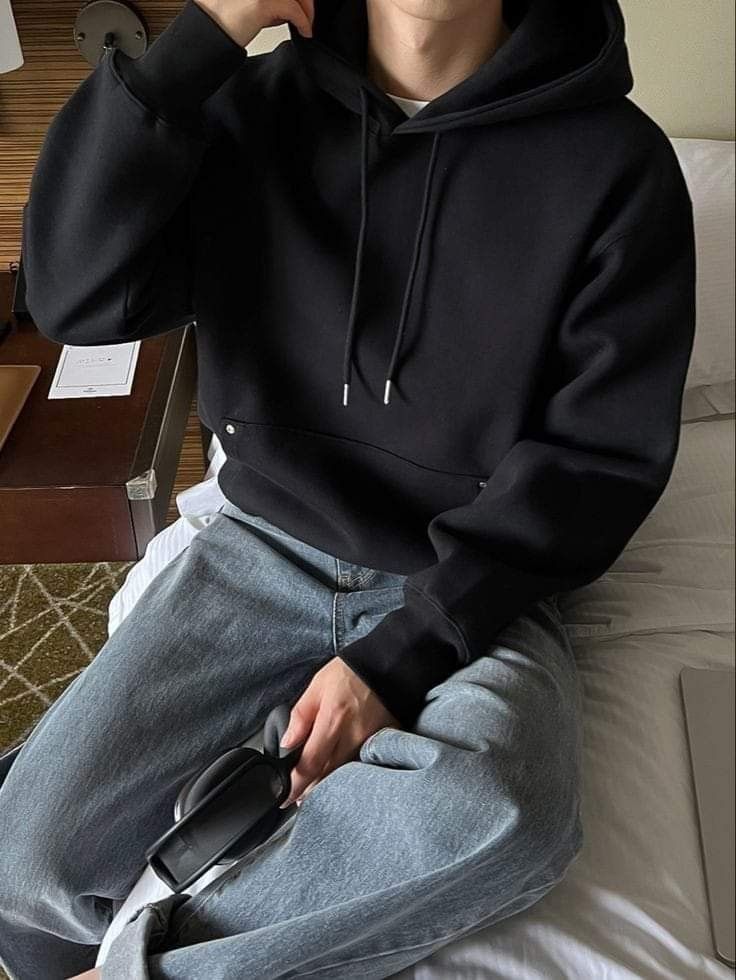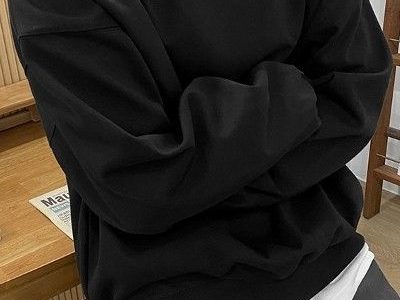
Trend Alert 2025: What’s Hot and What’s Next in Fashion
Introduction
The world of fashion is undergoing a bold metamorphosis in 2025. This year, the industry moves beyond mere aesthetics to embrace depth, innovation, and cultural transformation. From the revival of archival silhouettes to groundbreaking fabric technologies, fashion is not just reflecting the times—it’s shaping them. In this extensive exploration, we delve into the currents defining what’s hot now and what lies just ahead on the sartorial horizon. With a clear focus on originality, inclusivity, and forward momentum, we examine how designers, consumers, and technologies are redefining style for a new era.
Revival Redefined: Nostalgia Meets Futurism
Fashion in 2025 borrows from the past while confidently striding into the future. Archival-inspired pieces, such as reimagined 90s slip dresses and 70s flared pants, are reinterpreted with smart textiles and updated tailoring. Brands are not merely copying past designs; they are remixing them with AI-assisted patterns, sustainable dyeing techniques, and inclusive sizing options. This nuanced nod to nostalgia allows consumers to feel connected to history while wearing pieces that meet modern standards of ethics and performance.
The resurgence of vintage aesthetics is also influenced by digital platforms. Online communities celebrate throwback looks, propelling demand for era-blending styles that resonate with today’s cultural moods. These modernized classics are no longer retro for retro’s sake; they signal a conscious choice to value timeless design through a progressive lens.
Tech-Infused Wardrobes: Smart Fashion Takes Center Stage
This year, wearable technology is no longer confined to smartwatches. Garments are becoming interactive tools designed to enhance well-being, adaptability, and connectivity. Clothing with embedded sensors can now track biometric data, adjust insulation levels, and even respond to environmental cues.
Fashion tech companies are collaborating with health and wellness experts to develop garments that improve posture, regulate temperature, and provide haptic feedback. These advances are seamlessly integrated into daily wear, erasing the line between function and fashion. Rather than appearing overly futuristic or utilitarian, these pieces are aesthetically compelling and tailor-made for modern lifestyles.
Sustainability Evolves from Trend to Standard
In 2025, sustainability is no longer a buzzword; it is the foundation upon which new collections are built. Designers and manufacturers are moving beyond recycled materials to embrace regenerative practices. This includes sourcing biodegradable textiles, incorporating plant-based dyes, and adopting closed-loop production systems.
Fashion houses are now investing in traceability, allowing consumers to understand the origin, composition, and environmental footprint of their clothing. Blockchain technologies provide transparency, helping to verify fair labor practices and ethical sourcing. Brands that once relied on marketing green initiatives are now proving their commitment through measurable action.
The secondhand market, rental platforms, and upcycling services are flourishing, offering stylish and accessible alternatives to fast fashion. Consumers, particularly Gen Z and Gen Alpha, are prioritizing ethical choices, signaling a permanent shift in how we define luxury and value.
Genderless Fashion Gains Momentum
Gender inclusivity in clothing is reaching new heights. Designers are abandoning traditional labels in favor of versatile garments that celebrate individuality and fluid expression. Unisex fashion in 2025 is not limited to oversized basics; it includes refined tailoring, sophisticated detailing, and rich fabrics that appeal across the gender spectrum.
This shift is influencing retail environments, too. Stores are moving toward layout-neutral displays that focus on function and fit rather than gender assignment. Digital campaigns spotlight models with diverse gender identities, making inclusivity not just a trend but a foundational principle.
Consumers now expect fashion to offer freedom of choice without conforming to outdated binary systems. The emphasis is on self-expression, comfort, and authenticity—values that are driving the next chapter of global style.
Conclusion
Fashion in 2025 is dynamic, multidimensional, and deeply human. It’s no longer just about what’s “in” or “out” but about how clothing functions as a tool for identity, activism, and emotional expression. From digital couture to regenerative materials, gender-free silhouettes to hyper-personalized fits, the industry is transforming into a space of possibility and empowerment. By embracing innovation, honoring heritage, and championing authenticity, the trends shaping 2025 aren’t just influencing style—they’re shaping the future of how we live, connect, and create. As we continue forward, fashion remains one of the most powerful mirrors of our time—reflecting who we are and who we aspire to become.


